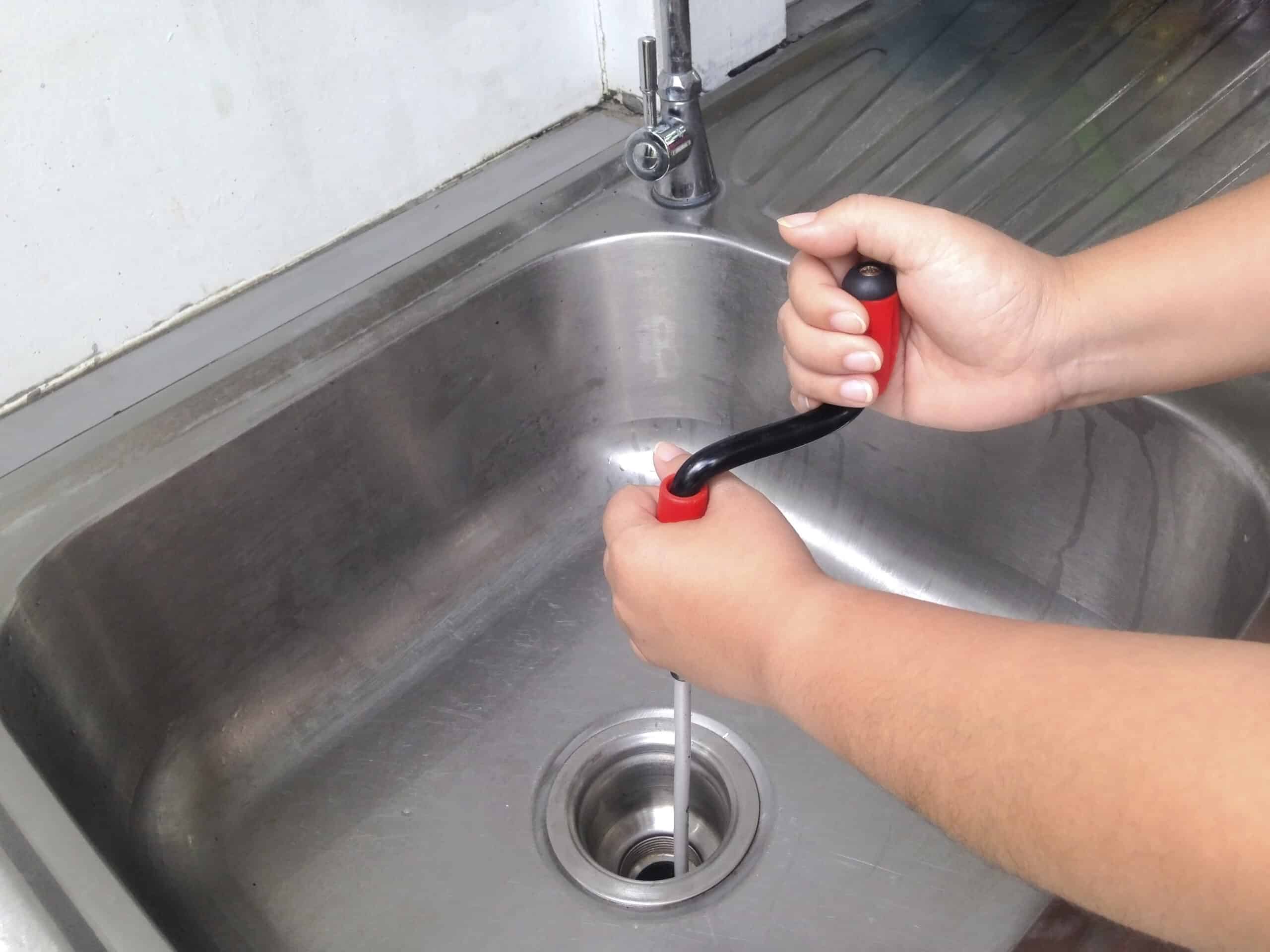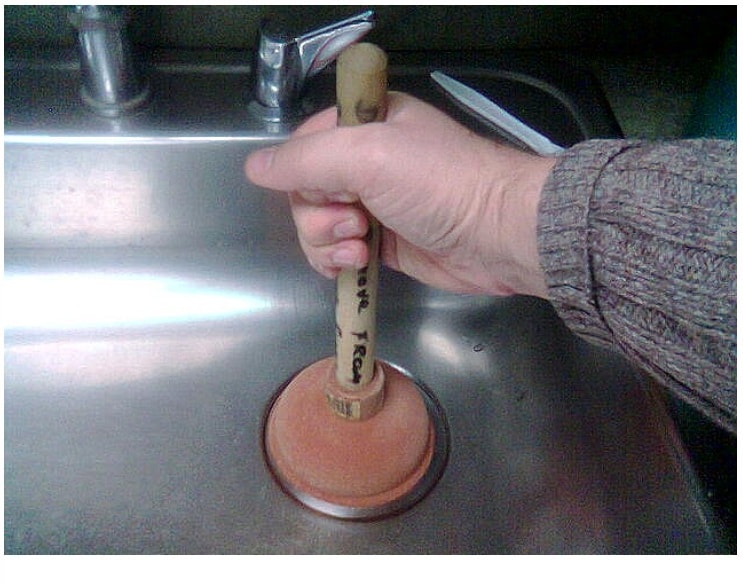Not Just Another Clog - 6 Reasons Your Kitchen Sink Drain Isn't Right
Not Just Another Clog - 6 Reasons Your Kitchen Sink Drain Isn't Right
Blog Article
The content following next involving Easy Ways to Unclog Any Drain in Your Home is especially compelling. Give it a try and make your own personal findings.

It's not typical for your cooking area sink to congest numerous times in one month. If your sink obstructs twice a week, there's some difficulty going on.
A blocked cooking area drainpipe doesn't simply slow down your tasks, it weakens your entire plumbing system, gradually. Here are some typical behaviors that encourage sink clogs, and exactly how to avoid them.
You require proper garbage disposal
Recycling waste is excellent, but do you pay attention to your organic waste also? Your kitchen area needs to have two different waste boxes; one for recyclable plastics and an additional for organic waste, which can become compost.
Having a marked trash can will assist you and your household stay clear of throwing pasta as well as various other food remnants away. Typically, these residues soak up moisture as well as come to be clogs.
The fault isn't from your kitchen area sink in all
Maybe the issue isn't from your cooking area sink, but the entire drain system. In such an instance, you might see that sinks and drains get blocked every other week. You require a specialist plumbing solution to repair this.
You're throwing coffee down the drain
Used coffee grounds as well as coffee beans still take in a substantial quantity of dampness. They might seem small adequate to throw down the drainpipe, but as time goes on they begin to swell and use up more area.
Your coffee grounds must enter into natural garbage disposal. Whatever portion gets away (maybe while you're depleting) will certainly be cared for throughout your month-to-month cleaning.
You have actually been consuming a great deal of oily foods
Your kitchen area sink may still get obstructed despite having organic waste disposal. This may be because you have a diet abundant in oily foods like cheeseburgers.
This oil layers the within pipelines, making them narrower as well as more clog-prone.
Utilize a plunger
Your pipe had not been fixed appropriately in the first place
If you've been doing none of the above, yet still get normal clogs in your kitchen area sink, you ought to call a plumber. There may be a trouble with how your pipelines were installed.
While your plumber arrives, look for any kind of leakages or abnormalities around your kitchen area pipes. Do not try to repair the pipelines on your own. This may cause a mishap or a cooking area flood.
Somebody tried to clean their hair in the kitchen sink
There's a correct time and also location for every little thing. The kitchen sink is simply not the right location to clean your hair. Washing your hair in the kitchen area sink will certainly make it block sooner or later unless you utilize a drain catcher.
While a drain catcher could catch most of the after effects, some strands might still get through. If you have thick hair, this might be enough to reduce your drain and ultimately form a blockage.
There's more dust than your pipes can manage
If you get fruits straight from a farm, you might notice even more kitchen dust than other individuals that shop from a shopping mall. You can easily fix this by cleansing the fruits and also veggies correctly prior to bringing them into your home.You require appropriate garbage disposal
My Kitchen Sink Won’t Drain - What Should I Do?
If Your Sink Has a Garbage Disposal...
Turn on the disposal. If the disposal hums and doesn’t turn, then there’s clog in the disposal unit.
Go to your circuit breaker panel, and switch off the circuit breaker to your garbage disposal.
Back in your kitchen, double-check that your garbage disposal is off by trying to turn it on. The disposal should not move, and it should not make any noise.
Lie down underneath your sink so that you can see and access the bottom of the disposal unit. Look for a hole that looks like the head of a hex-head bolt in the center of the unit.
Place an Allen wrench inside this hole and turn it from side to side until you feel a decrease in resistance and are able to rotate the wrench completely in a single direction. This action rotates your disposal’s blade manually.
Put the wrench aside, and press the disposal unit’s reset button or switch.
Flip your garbage disposal’s circuit breaker switch back on, and turn on the unit to see if the obstruction has cleared. If it hasn’t, repeat the steps above until the obstruction is removed.
How to Unclog a Kitchen Sink Drain
If you have a double bowl sink, seal one side of the sink with an airtight lid or a second plunger before plunging the other side. Otherwise, you won’t be able to create adequate suction.
Place the cup of the plunger completely over the drain opening.
Turn on the faucet, and let the water run until it completely covers the cup of the plunger.
Start plunging by pushing the plunger down and pulling up again in order to build up suction. Make sure that the edges of the plunger stay in contact with your sink, or else you’ll lose the suction.
If you have trouble forming a seal between your sink and plunger, add petroleum jelly to the mouth of your plunger, and try again.
Plunge about five or six times before removing the plunger to see if water starts to drain properly. In some cases, you’ll even be able to feel the clog become dislodged while you plunge because suddenly there will be much less resistance. Repeat the plunging process until the clog clears.
Once water is draining properly again, run hot water down the drain for 5 minutes to help clear away grease, grime, and debris from the clog. https://www.plumbingjoint.com/blog/2019/august/my-kitchen-sink-won-t-drain-what-should-i-do-/

My Kitchen Sink Won’t Drain - What Should I Do?
If Your Sink Has a Garbage Disposal...
How to Unclog a Kitchen Sink Drain
https://www.plumbingjoint.com/blog/2019/august/my-kitchen-sink-won-t-drain-what-should-i-do-/
We had been brought to that write-up on Easy Ways to Unclog Any Drain in Your Home from someone on our other website. Those who enjoyed reading our blog entry if you please remember to share it. Many thanks for your time spent reading it.
View
Report this page